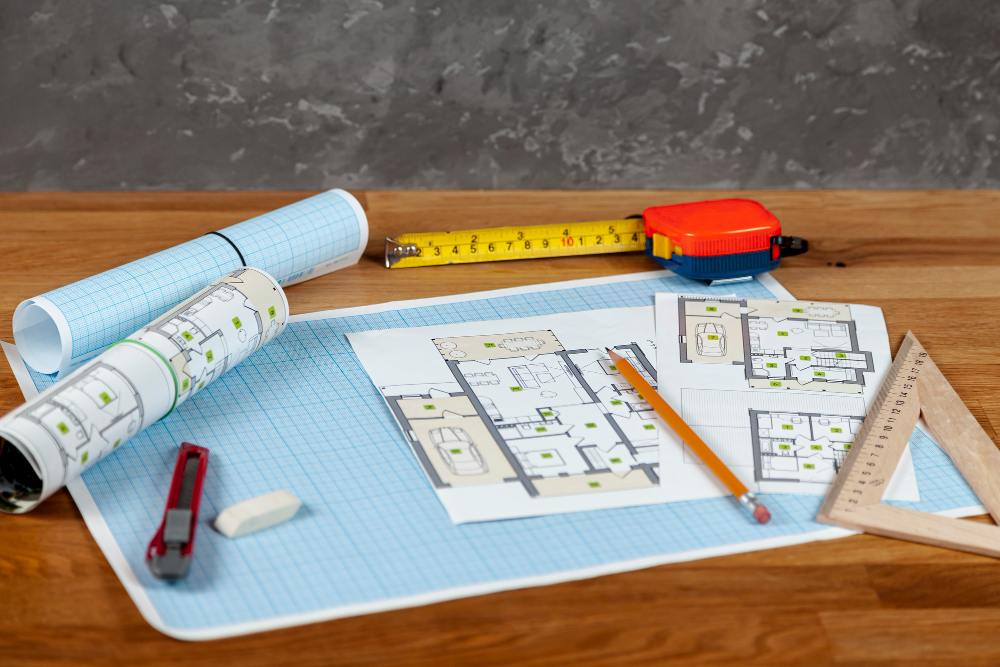When you design properties with both Vastu and modern buyers in mind, you create homes that not only look good on paper but also feel harmonious to live in. The question is, how do you go about it? Let’s get into it.
Start With the Fundamentals
A floor plan is the map of how energy will move through the house. In Vastu, the northeast represents light, clarity, and purity, while the southwest brings stability and strength. If these two zones are respected in the design, the rest of the layout often falls neatly into place.
- Positioning them in the north, east, or northeast creates a welcoming flow. Buyers may not always know the reason, but they instantly sense the difference.
- Keep the northeast open, airy, and light, while using the southwest for heavier functions like bedrooms or storage.
- We get it—having a north-facing entrance or an open northeast corner isn’t always doable, especially in multi-storey buildings. In that case, understand that all four directions can offer auspicious entrances. The key is to place the entryway in a zone that aligns with positive energy within whichever direction you’re working with.
- It’s always a good idea to let fresh air and natural light in from the north and east—they’re known to bring calm, uplifting energy. You can do this with big windows or balconies facing those directions. In case your apartment faces north but the balconies are on the south side, using plain glass may bring lots of fire energy, which isn’t recommended. Instead, you can go for smaller windows or tint the glass with earthy tones to keep things balanced.
Kitchens, Bedrooms, and Bathrooms
These three areas make a bigger impact on harmony than most realize.
- Kitchen: The southeast is the natural home of the fire element. If that’s not possible, the northwest is the next best option.
- Master Bedroom: Placing it in the southwest gives a quiet sense of stability, especially for the head of the household. If SW is not possible than East, SE or South could be other relevant options.
- Bathrooms: These should sit in the west or northwest—not in the northeast or the center, where they can cause long-term imbalances.
Why Vastu-Friendly Homes Sell Faster
Vastu isn’t just about having a north entrance, a southeast kitchen, or a southwest bedroom. It’s also about creating harmony and balance with all possible directions / orientations. I’ve seen it many times—families walk into a Vastu-aligned home and immediately say, “Something about this place just feels right.” That feeling isn’t chance; it’s the energy alignment working quietly in the background. For developers, this translates to faster sales, stronger trust, and projects that stand apart in a competitive market.





